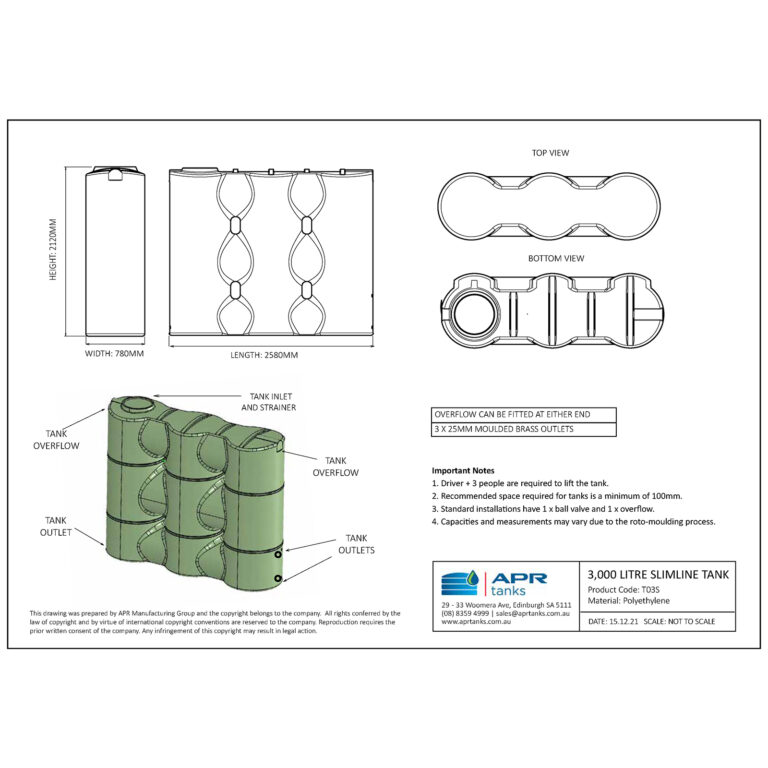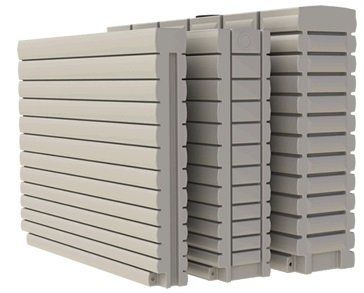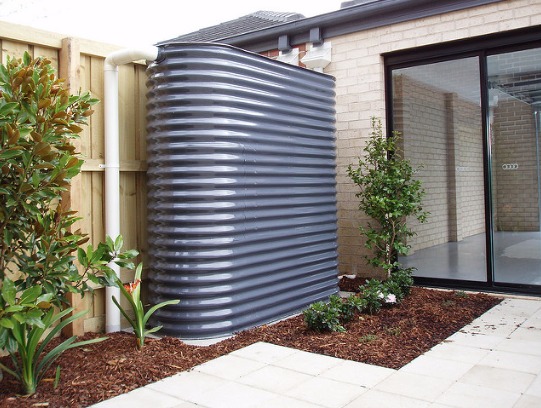Exploring the Different Uses Rain Tanks for Residential and Commercial Features
As the global concentrate on lasting living practices remains to intensify, the usage of rainwater containers in both property and commercial settings has arised as an important option. These containers supply a reservoir for rainwater harvesting, providing a myriad of possible applications that extend far beyond simple storage space. From irrigation to toilet flushing and landscaping, the adaptability of rain containers is vast. Their integration into industrial buildings opens up a world of opportunities for eco aware organizations. The complex usages of rain tanks offer a compelling case for their adoption, not just as a functional water-saving procedure however additionally as a testimony to liable source administration.
Advantages of Using Rain Storage Tanks
Utilizing rain storage tanks supplies many advantages for both houses and communities in regards to water conservation and sustainability. Among the crucial advantages of making use of rainwater containers is the considerable reduction in dependence on mains water - Slimline water tanks. By catching and saving rainwater for later usage, individuals and areas can decrease their need for cured water, inevitably relieving the worry on water treatment centers and decreasing power consumption related to water transport and therapy
Furthermore, rain harvesting with containers offers a dependable different water resource throughout times of water restrictions or lacks. This saved rainwater can be utilized for numerous non-potable purposes such as watering, purging bathrooms, and cleaning clothes, decreasing the pressure on traditional water resources. Additionally, making use of rain tanks can cause set you back savings for both families and areas by lowering water bills and reducing the requirement for pricey framework expansions to satisfy expanding water needs.
Fundamentally, the usage of rainwater storage tanks uses a lasting and eco pleasant strategy to water monitoring, benefiting both specific customers and the more comprehensive community in terms of water conservation, cost-efficiency, and resilience.
Rain Tank Usage in Irrigation
Provided the benefits of rainwater tanks in conserving water resources and lowering dependence on keys water supply, a significant application hinges on utilizing stored rain for watering objectives - Slimline water tanks. Rainwater harvesting systems can efficiently collect and store rainwater, providing a lasting water resource for sprinkling yards, yards, and agricultural areas. By making use of rain for irrigation, residential or commercial property owners can decrease their dependence on cured water resources, causing cost financial savings and ecological benefits

One of the main benefits of using rain for watering is its purity. Rainwater is normally soft and without the chemicals and ingredients often discovered in keys water, making it perfect for beneficial plants without the risk of dangerous results. In addition, rainwater is at ambient temperature, which can profit plant development by staying clear of temperature shocks that can happen with chilly mains water.
Rain Tanks for Toilet Flushing

Implementing rainwater storage tanks for toilet flushing is a cost-effective and eco-friendly technique that can be quickly integrated into both household and business buildings. The kept rain can be utilized to flush bathrooms by attaching the storage tank to the existing plumbing system. This basic yet effective option can significantly reduce water consumption in a building, specifically in areas where water shortage is a concern.

Incorporating Rainwater Containers in Landscape Design
These containers can capture and save rainwater have a peek at these guys overflow from roofs, which can after that be utilized for watering gardens, grass, and plants. By utilizing rain for irrigation objectives, residential property owners can minimize their reliance on local water resources, leading to cost financial savings and preservation of valuable water sources.
Along with providing a lasting water source for landscape design requirements, rain containers can likewise aid in handling stormwater runoff. By catching rain that would certainly or else flow right into tornado drains, these storage tanks can alleviate erosion, decrease flooding dangers, and protect against pollution of all-natural water bodies. Furthermore, integrating rain tanks in landscaping can add to the general visual allure of the residential property, showcasing a commitment to environmental stewardship.
Business Applications of Rain Containers
Making use of rainwater tanks in business setups supplies a lasting solution for water management and conservation, benefiting businesses and the environment alike. Industrial applications of rain storage tanks vary and progressively prominent due to the expense savings and environmental benefits they give. One key commercial usage is for irrigation purposes, where harvested rain can be utilized to water landscaping, yards, and agricultural fields bordering commercial homes. This can result in significant go decreases in water costs and reliance on municipal water resources.
In addition, rain tanks can be incorporated important link into the fire reductions systems of industrial structures. By having a devoted water source for firefighting objectives, services can enhance their fire safety actions and potentially lower insurance policy costs. Additionally, rain gathered in containers can be dealt with and utilized for non-potable purposes within business homes, such as flushing commodes, cleaning, and cooling down systems. This not only conserves freshwater sources but also decreases operating expenses for organizations. In general, the incorporation of rain tanks in industrial settings provides a useful and eco responsible technique to water monitoring.
Conclusion
To conclude, rain containers use numerous advantages for both residential and business residential or commercial properties. From watering to bathroom flushing and landscape design, using rain tanks can aid preserve water sources and decrease water expenses. Furthermore, integrating rainwater tanks in commercial settings can lead to significant price financial savings and ecological advantages. Overall, the adaptability and sustainability of rain storage tanks make them a beneficial financial investment for any homeowner looking to raise water performance.